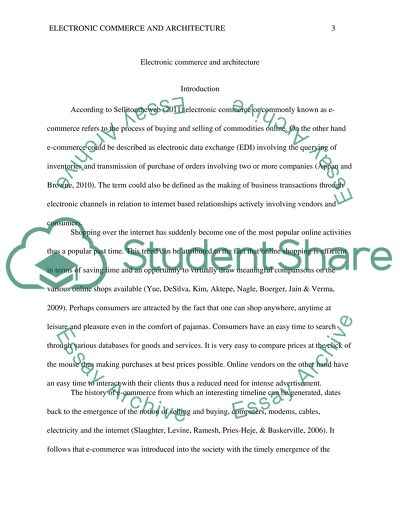Cite this document
(Electronic Commerce and Architecture Essay Example | Topics and Well Written Essays - 2000 words, n.d.)
Electronic Commerce and Architecture Essay Example | Topics and Well Written Essays - 2000 words. https://studentshare.org/e-commerce/1581875-electronic-commerce-and-architecture
Electronic Commerce and Architecture Essay Example | Topics and Well Written Essays - 2000 words. https://studentshare.org/e-commerce/1581875-electronic-commerce-and-architecture
(Electronic Commerce and Architecture Essay Example | Topics and Well Written Essays - 2000 Words)
Electronic Commerce and Architecture Essay Example | Topics and Well Written Essays - 2000 Words. https://studentshare.org/e-commerce/1581875-electronic-commerce-and-architecture.
Electronic Commerce and Architecture Essay Example | Topics and Well Written Essays - 2000 Words. https://studentshare.org/e-commerce/1581875-electronic-commerce-and-architecture.
“Electronic Commerce and Architecture Essay Example | Topics and Well Written Essays - 2000 Words”. https://studentshare.org/e-commerce/1581875-electronic-commerce-and-architecture.


